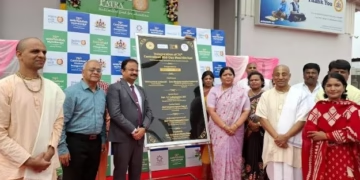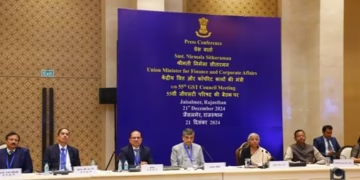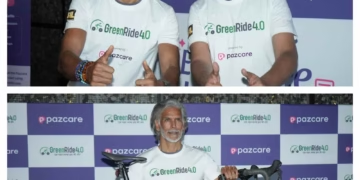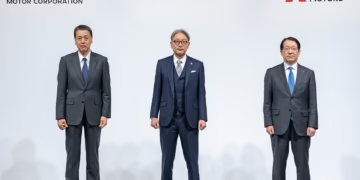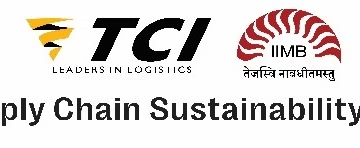|
Brief Analysis for Mar’24
|
|
Bengaluru, 9th March 2024: The Federation of Automobile Dealers Associations (FADA) released Vehicle Retail Data for March’24 and FY’24.
March’24 Retails
In March 2024, the Indian Auto Retail sector experienced modest growth of 3.14% YoY, as reported by FADA President, Mr. Manish Raj Singhania. The two-wheeler (2W) and three-wheeler (3W) segments saw increases of 5% and 17% respectively, while passenger vehicles (PV), tractors (Trac) and commercial vehicles (CV) faced declines of 6%, 3%, and 6% respectively.
Mr. Singhania highlighted that “the 2W segment demonstrated resilience and adaptability, with electric vehicle (EV) sales surging due to the expiration of the FAME 2 subsidy on March 31st. This led to a notable boost in the 2W-EV market share to 9.12%. Positive market sentiment was supported by seasonal events, improved vehicle supply, and financial incentives. Despite facing market volatility and intense competition, the industry is strategically evolving, particularly in the premium and EV categories, signalling a bright future.
The 3W segment showed an encouraging sales trend hitting an all-time high retail, driven by the growing acceptance of EVs. The introduction of EV autos and loaders positively impacted the retail environment. Although faced with election-related uncertainties and concerns over policy changes, such as free bus travel for women, the overall outlook for the sector remains upbeat, supported by the quality of vehicles and strong market demand.
The PV sector encountered challenges, with a MoM decrease of 2% and a YoY fall of 6%. The downturn was influenced by heavy discounting and selective financing further affected by economic worries and the electoral climate. Nonetheless, positives such as improved vehicle availability, increased stock levels and new model launches did stimulate demand in certain areas. The impact of election activities and changes in festival dates also played a role in sales dynamics.
For the CV sector, March presented a complex scenario. The election announcement resulted in a temporary reduction in purchases, though there is an expectation of a recovery post-election, with decreasing concerns about the forthcoming monsoon. The sector grappled with issues like recent declines, poor agricultural outcomes, discount pressures and financing difficulties. On the upside, there was strong demand in specific areas such as coal and cement transportation, bolstered by bulk orders and vehicle upgrades, which enhanced customer engagement.”
FY’24 Retails
Reflecting on FY’23, FADA President Mr. Manish Raj Singhania commented, “The Indian Auto Retail sector achieved a commendable double-digit growth of 10% YoY across all categories, with 2W, 3W, PV, Trac and CV registering increases of 9%, 49%, 8.45%, 8% and 5% respectively. Notably, the 3W, PV and Trac segments set new record highs, surpassing previous years’ performances.
In FY24, the 2W segment saw a 9% growth, driven by a rich mix of factors including enhanced model availability, new product introductions, and positive market sentiment, further augmented by special schemes and the rural market’s recovery from COVID. The growth in EVs and strategic launches in premium segments also played a critical role, overcoming challenges such as supply constraints and heightened competition.
The 3W segment’s growth soared to 49% YoY, setting a new benchmark. This remarkable achievement was fuelled by the introduction of cost-effective CNG fuel options and new EV models, alongside strong market sentiment and the seamless integration of high-quality after-sales service. These elements, combined with the sector’s innovative approach, catapulted the 3W segment to new heights.
For the PV segment, FY24 was a milestone year, achieving an 8.45% YoY growth and reaching an all-time high. Factors such as improved vehicle availability, a compelling model mix and the launch of new models played pivotal roles. Enhanced supply dynamics, strategic marketing efforts, ever expanding quality road infrastructure and strong demand in the SUV segment, now holding a 50% market share, significantly contributed to this success.
The CV segment experienced a 5% growth in FY24, demonstrating the sector’s strategic response to diverse market dynamics. Improved vehicle supply, effective planning, and increased freight movement drove significant replacement purchases. Additionally, the segment capitalized on government tenders, better road connectivity and bulk deals, showcasing its adaptability and strategic market positioning.“







